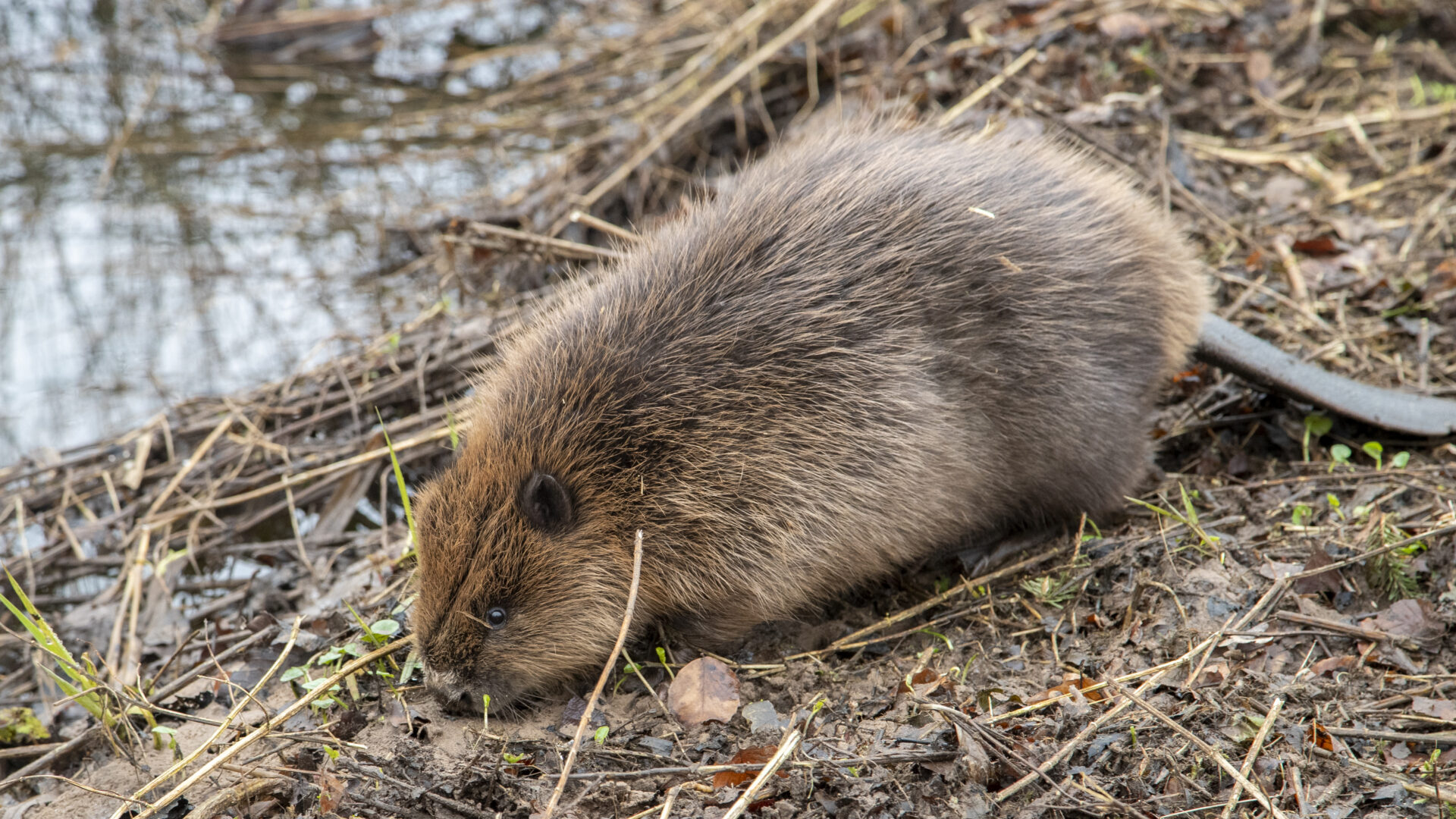
Discover: Family of beavers move to Loch Lomond.
-
Date posted: 27/02/2023
-
Time to read: 10 minutes
The new year began with good news for nature and biodiversity in Loch Lomond & The Trossachs National Park, when a family of beavers was successfully moved to Loch Lomond.
Beavers were once native to Scotland but were hunted to extinction hundreds of years ago.
The translocation of a pair of beavers and their five young offspring from Tayside to Loch Lomond is part of plans to speed up the return of beavers to the Loch Lomond National Nature Reserve.
An application from RSPB Scotland – which jointly manages the nature reserve with the National Park Authority and NatureScot – was approved late last year, making Loch Lomond the third location in Scotland where a beaver translocation has taken place.
The family of seven beavers was released late January, with just ten people present to minimise any possible stress to the animals.

Unfortunately two of the kits died in the first few weeks as a result of otter predation. It is known that young beavers, particularly small kits, can be predated (killed to eat) by otters, foxes, pine martens, birds of prey and even large pike. Studies also show that kit mortality can be quite high, especially in their first year.
As the remaining five beavers continue to explore their new home on the floodplain of the River Endrick, both the beavers and habitat will be closely monitored by local RSPB Scotland staff to see how they settle in and begin to modify the wetland. The National Park Authority will also be working together with RSPB and NatureScot on monitoring activity in the wider Loch Lomond area.
Beavers have already been moving into other areas of the National Park for many years now but their translocation to Loch Lomond marks their official return to the Loch after an absence of hundreds of years.
Considered ‘nature’s engineers’, beavers bring many benefits to the environment around them. The dam-building rodents shape their habitat to suit their needs, leading to the creation of wet woodland, open water and channels which benefit a range of species including dragonflies and fish.
The animals’ activity can also slow the speed of water flow, reducing the risks of flash flooding, and improve water quality by trapping sediments.
At a time of global biodiversity crisis, we need their help.

Our Future Nature programme works with communities, partners, businesses and land managers across the National Park to restore biodiversity and the natural environment. It commits to a step change in ambition and delivery, aiming to reverse the decline in nature by 2030 and ensure the widespread restoration of nature in the Park by 2040.
We want to create a resilient, nature-rich National Park for future generations, where abundant wildlife and a healthy natural environment provide a wealth of benefits for both people and nature.
Beavers and the benefits they bring for habitats and species can help us deliver that vision.
This Blog was written by Simon Jones, Director of Environment at Loch Lomond & The Trossachs National Park Authority.



